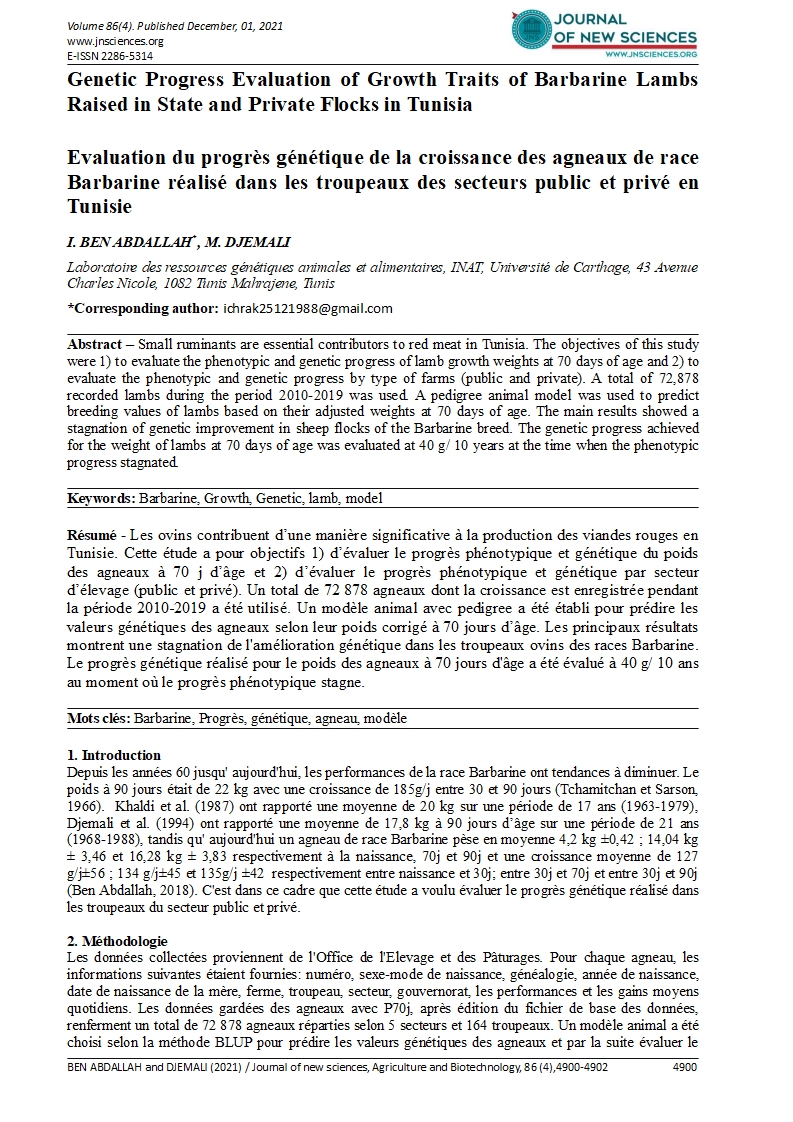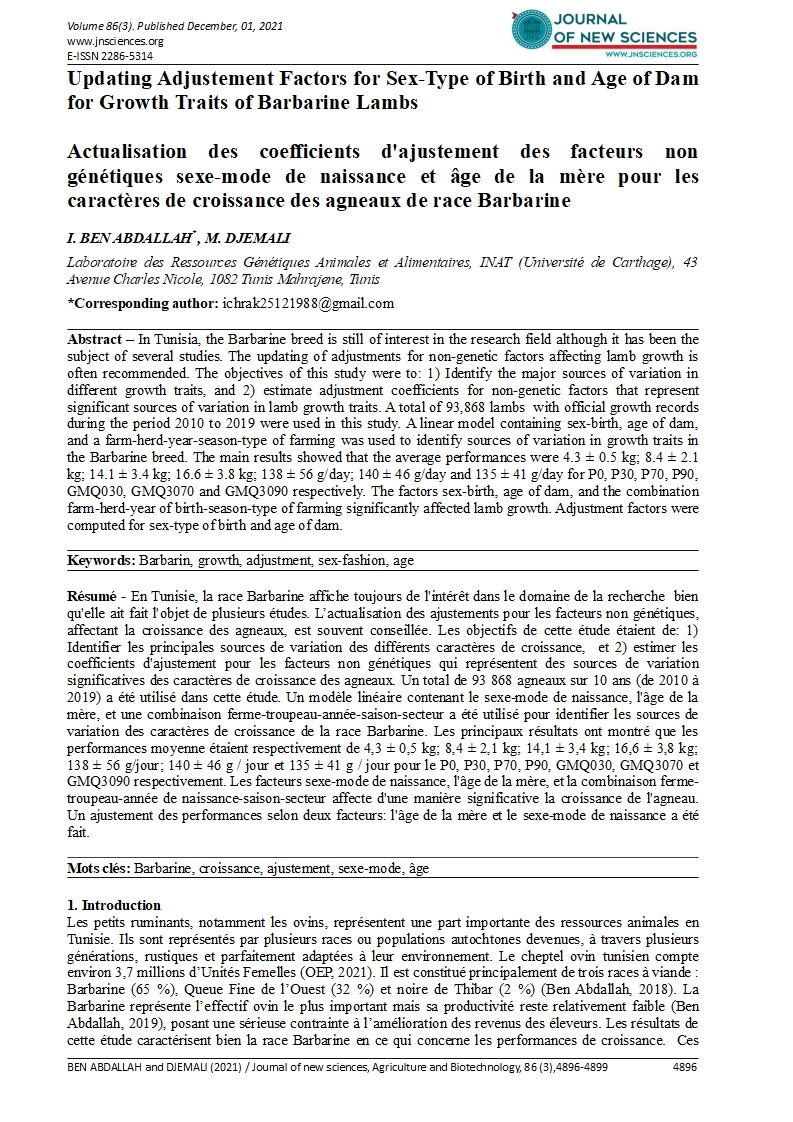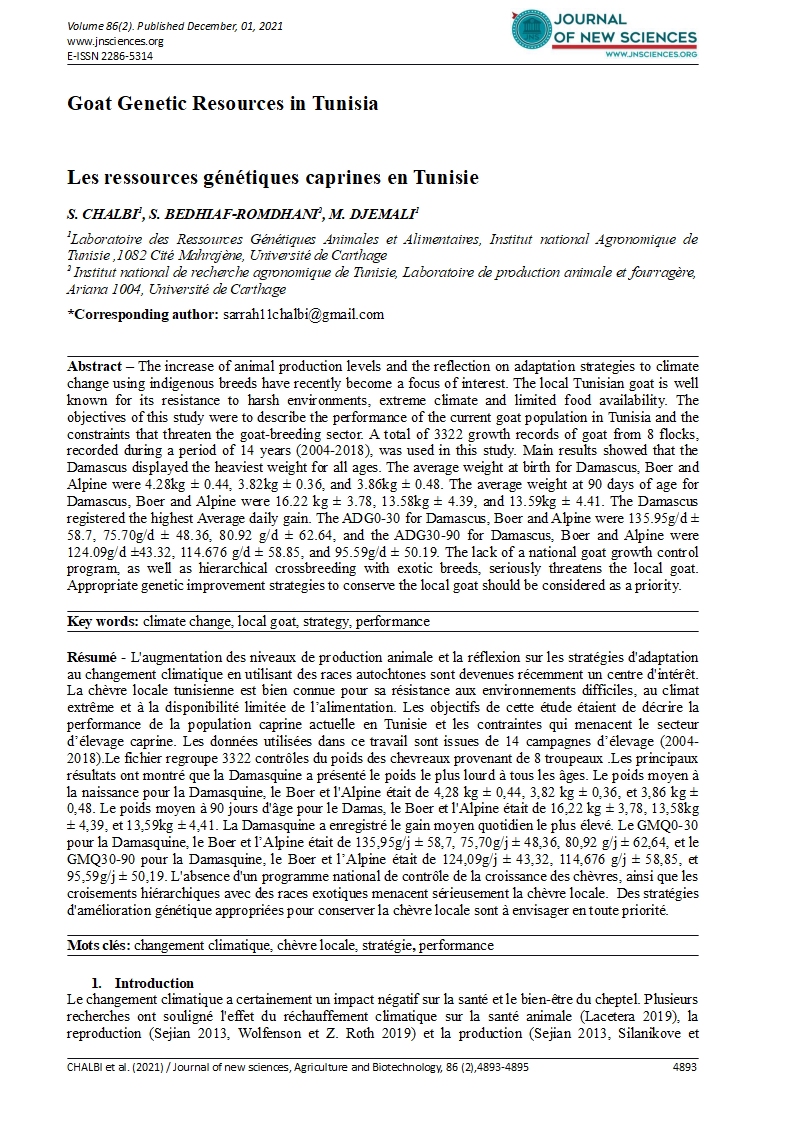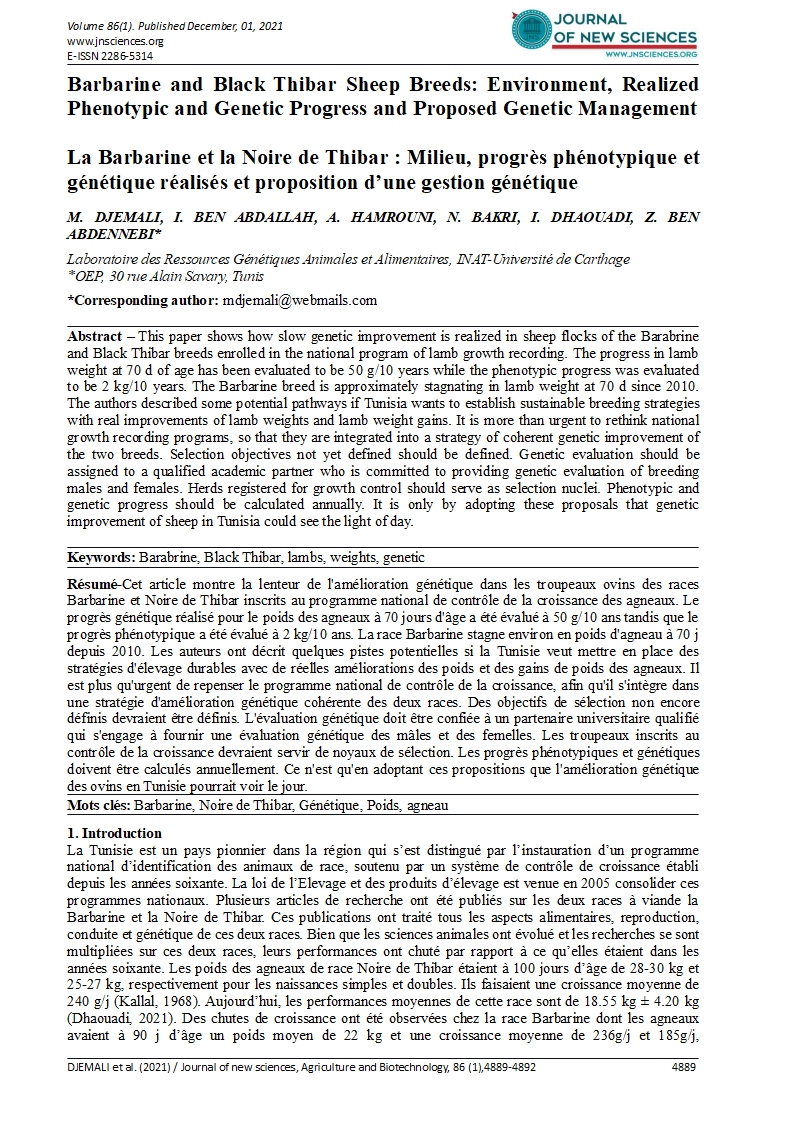- Category: Volume 86
- Hits: 1975
Identification of potential sites for the implementation of water harvesting techniques in South-East Tunisia
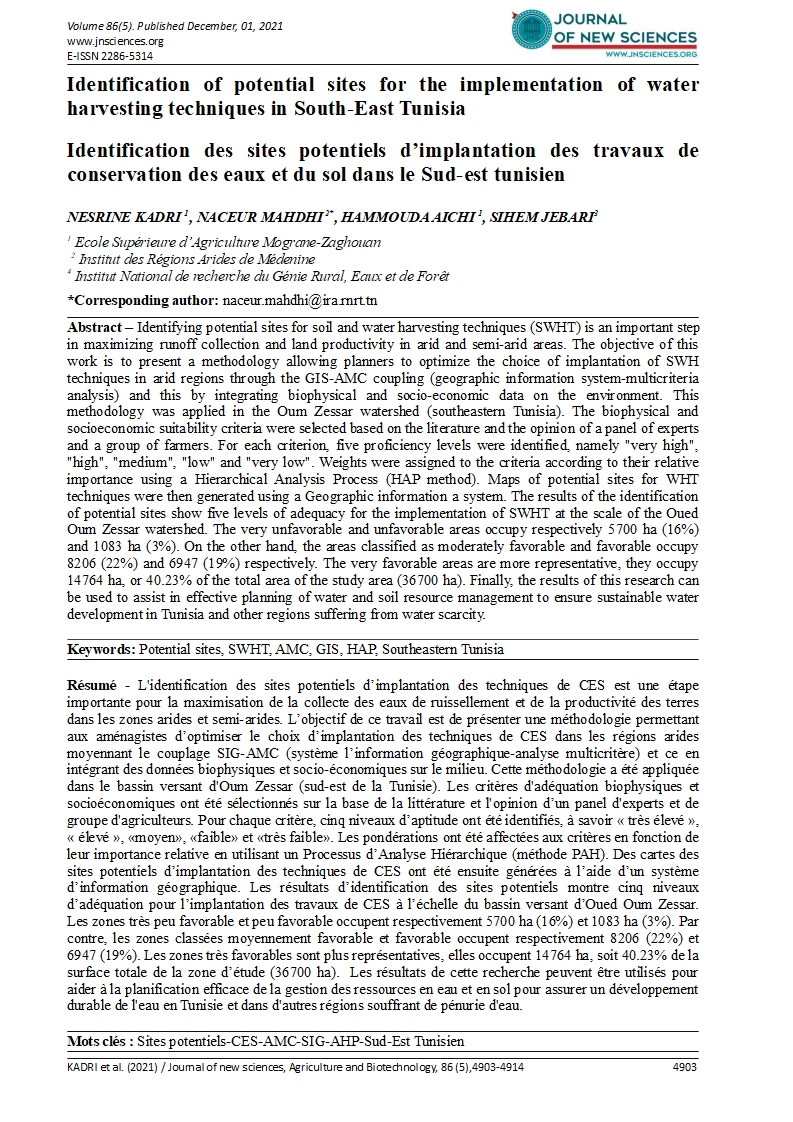
Identification des sites potentiels d’implantation des travaux de conservation des eaux et du sol dans le Sud-est tunisien
NESRINE KADRI 1
NACEUR MAHDHI 2
HAMMOUDA AICHI 1
SIHEM JEBARI3
1 Ecole Supérieure d’Agriculture Mograne-Zaghouan
2 Institut des Régions Arides de Médenine
4 Institut National de recherche du Génie Rural, Eaux et de Forêt
Abstract – Identifying potential sites for soil and water harvesting techniques (SWHT) is an important step in maximizing runoff collection and land productivity in arid and semi-arid areas. The objective of this work is to present a methodology allowing planners to optimize the choice of implantation of SWH techniques in arid regions through the GIS-AMC coupling (geographic information system-multicriteria analysis) and this by integrating biophysical and socio-economic data on the environment. This methodology was applied in the Oum Zessar watershed (southeastern Tunisia). The biophysical and socioeconomic suitability criteria were selected based on the literature and the opinion of a panel of experts and a group of farmers. For each criterion, five proficiency levels were identified, namely "very high", "high", "medium", "low" and "very low". Weights were assigned to the criteria according to their relative importance using a Hierarchical Analysis Process (HAP method). Maps of potential sites for WHT techniques were then generated using a Geographic information a system. The results of the identification of potential sites show five levels of adequacy for the implementation of SWHT at the scale of the Oued Oum Zessar watershed. The very unfavorable and unfavorable areas occupy respectively 5700 ha (16%) and 1083 ha (3%). On the other hand, the areas classified as moderately favorable and favorable occupy 8206 (22%) and 6947 (19%) respectively. The very favorable areas are more representative, they occupy 14764 ha, or 40.23% of the total area of the study area (36700 ha). Finally, the results of this research can be used to assist in effective planning of water and soil resource management to ensure sustainable water development in Tunisia and other regions suffering from water scarcity.
Keywords: Potential sites, SWHT, AMC, GIS, HAP, Southeastern Tunisia

